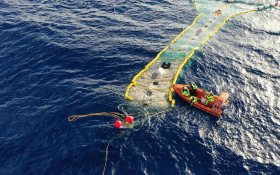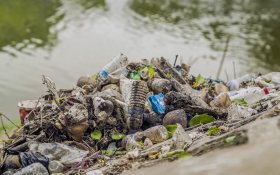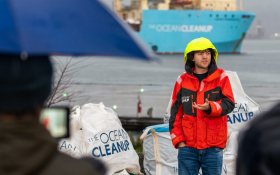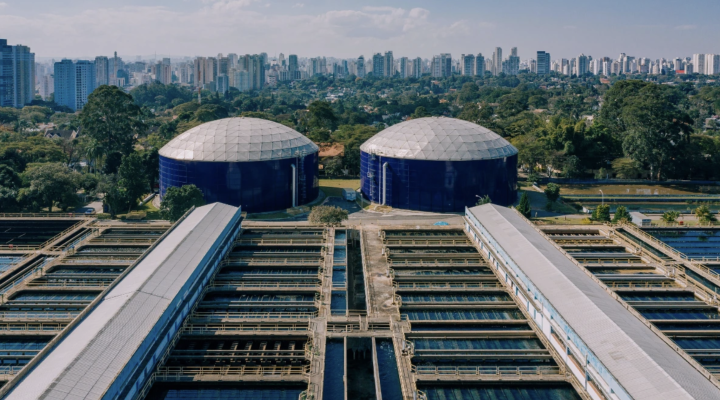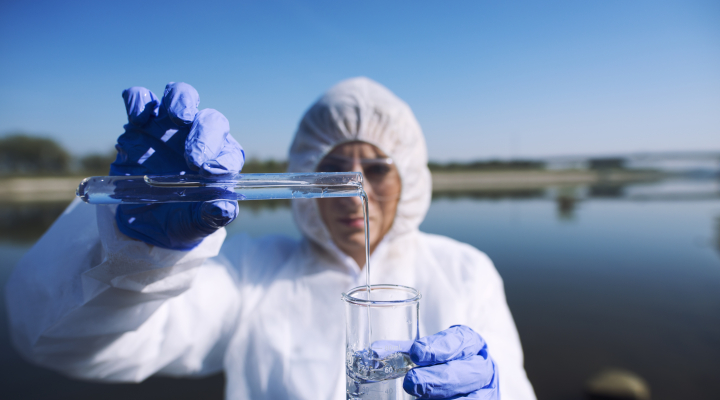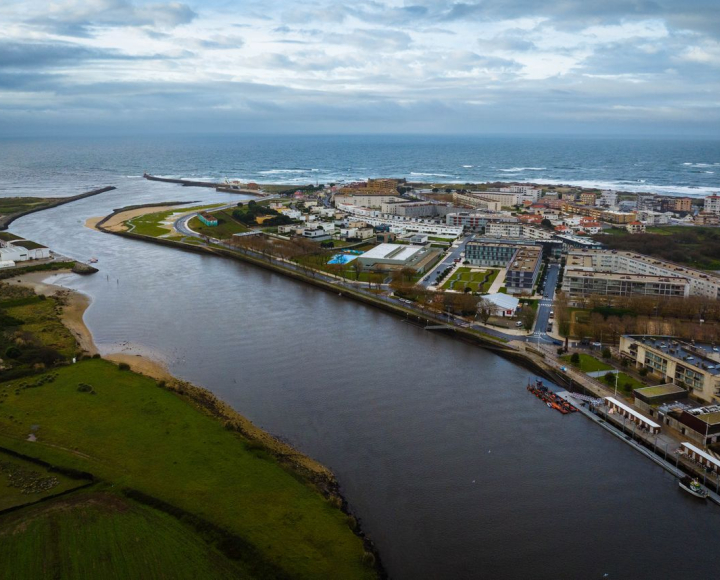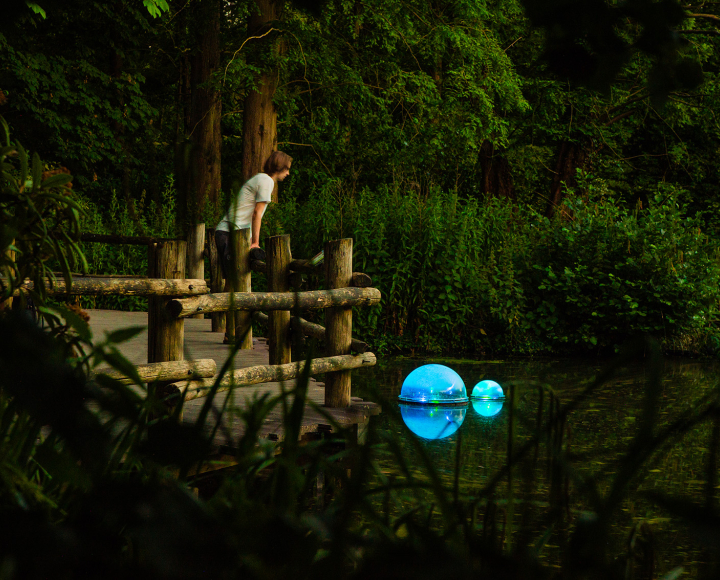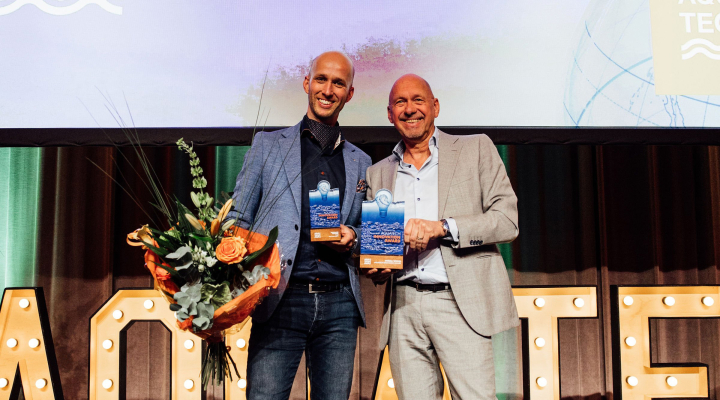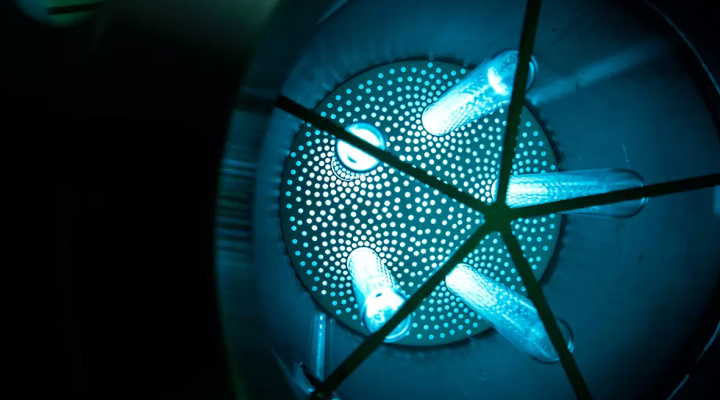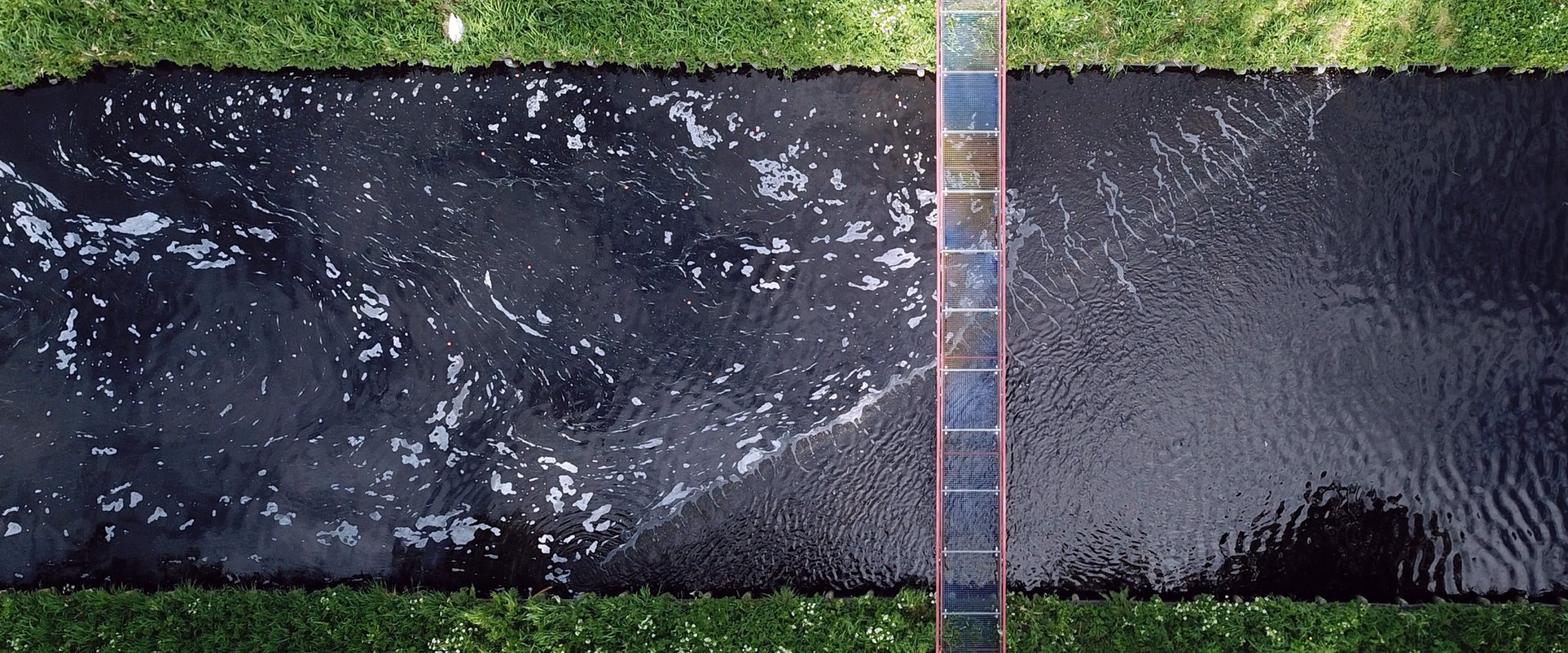
Bubble barrier catches micro-plastics from effluent sewage treatment
Start-up The Great Bubble Barrier developed a bubble screen that pushes floating waste in a waterway to the surface so it can be removed easily. Recent tests show that the bubble barrier is also able to catch micro-plastics in the effluent of waste water treatment plant (wwtp) Wevershoof, the Netherlands.
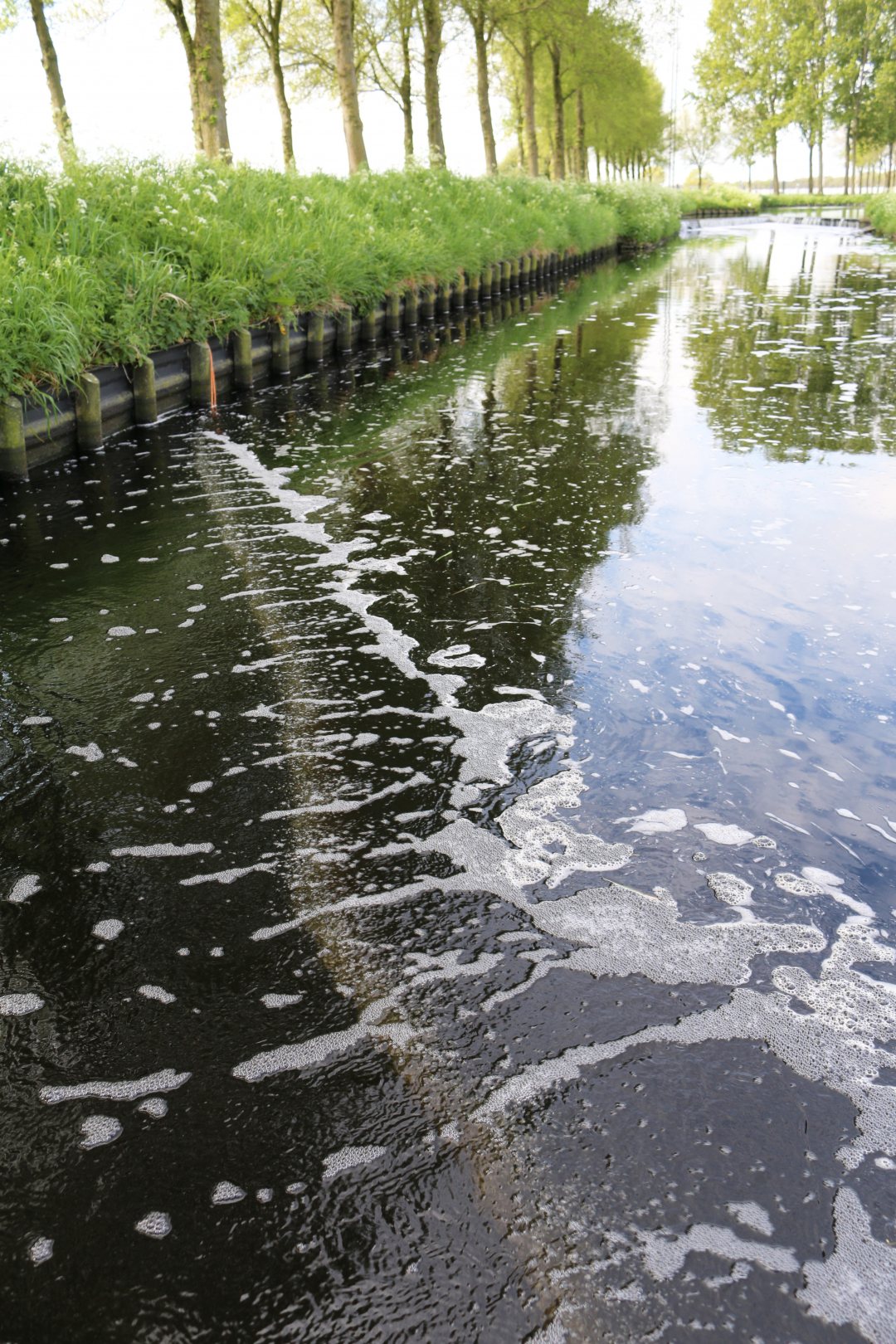

Treated waste water
Earlier this year, The Great Bubble Barrier started a pilot with its installation to catch micro-plastics, ranging from 0.02 to 0.5 mm, from the effluent of sewage treatment plant Wevershoof. The plant is very characteristic for all Dutch sewage treatment plants, using aerobic active sludge technology.
The treatment plants have no specific filters to remove such small plastic particles so the cleaned waste water effluent takes the plastics to nearby waterways and rivers, ending up in the North Sea.
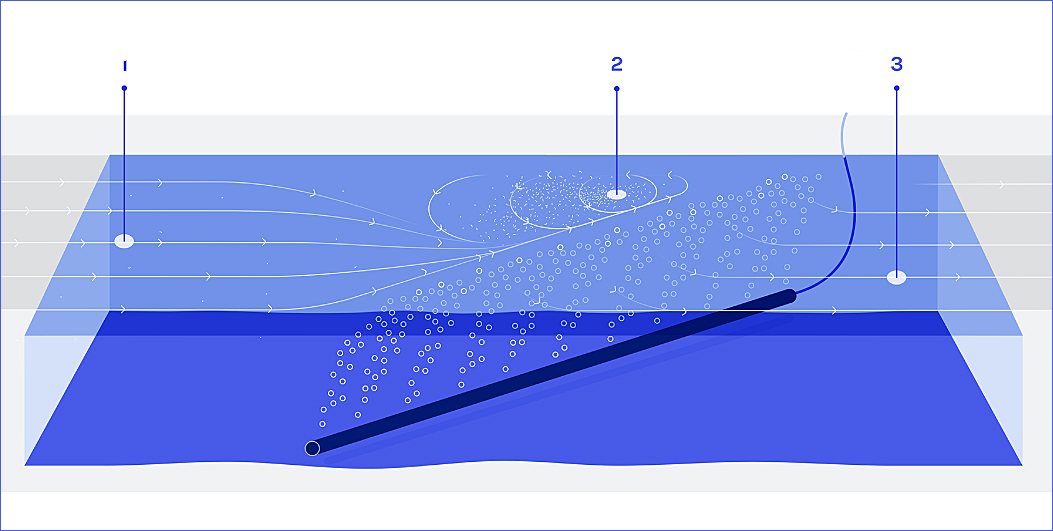

Proof-of-concept on meso-sized plastics
The bubble barrier consists of an aeration tube on the bottom of the waterway. By pumping air in this tube it creates an screen of air bubbles that pushes the floating plastic to the surface. By placing the aeration tube diagonally in the waterway, the plastic is also driven to the side of the waterway where it can easily be removed.
The start-up has already tested the concept in a river mouth for the removal of meso-sized plastics. This trial with a 200 m wide air screen led to the recovery of 86 percent of all used test material on the river bank.
Proof-of-concept on micro-plastics
By placing the bubble barrier in the effluent channel of wwtp Wevershoof, the start-up wanted to know whether the concept also works for much smaller micro-plastics. The first results confirm that the air screens also lifts such small plastic particles to the surface. The start-up is now continuing the test to determine the amount, type and size of the micro-plastics.
Monitoring the whole water flow, including the effluent, means that the treatment plant itself can tackle micro-pollution in the treatment process.
This outcome is part of a research into micro-plastics in purified wastewater by drinking water company PWN, Hoogheemraadschap Hollands Noorderkwartier (HHNK), The Great Bubble Barrier and water research institute KWR. The research is partly funded by the TKI Water Technology program of the Dutch ministry of Economic Affairs and Climate and by drinking water company PWN.




